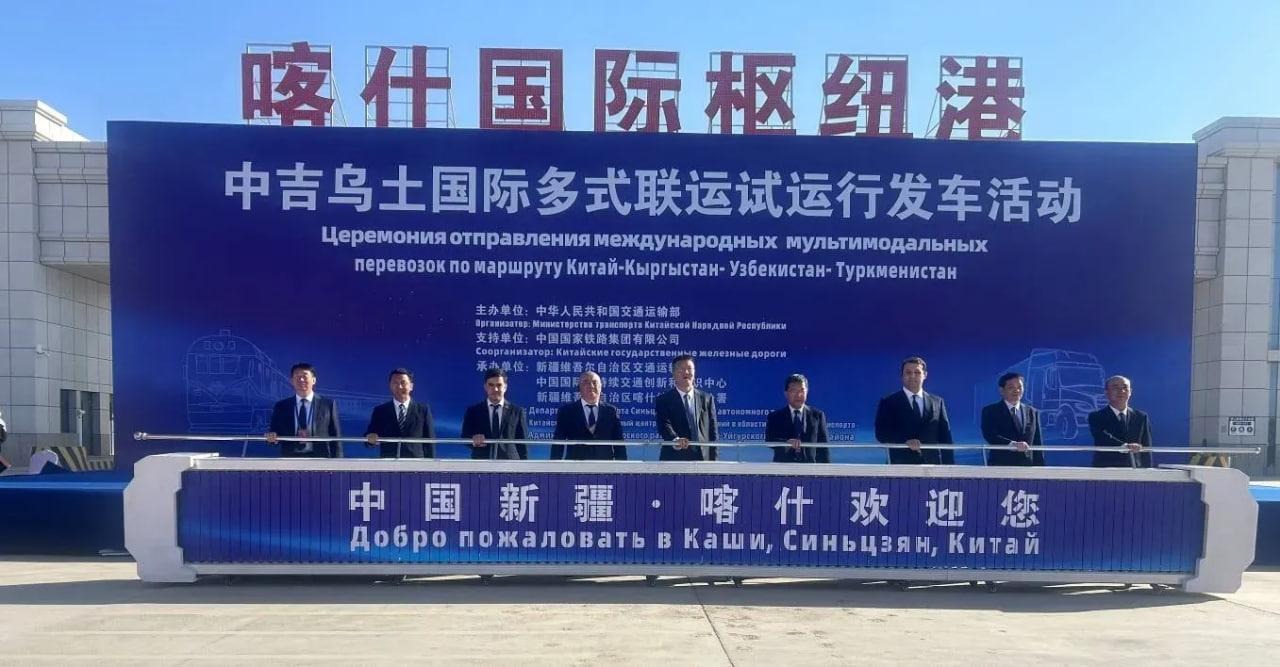
GAS COMPANIES WELCOME HUNGARIAN MOL’S “NETS” PROJECT FOR CENTRAL AND SOUTHEASTERN EUROPE
GAS COMPANIES WELCOME HUNGARIAN MOL’S “NETS” PROJECT FOR CENTRAL AND SOUTHEASTERN EUROPE
On March 14 Romania hosted the first joint meeting of the gas transmission companies from Central Europe and Balkan countries to consider the NETS project. Hungary’s energy company MOL initiated the NETS project — New Europe Transmission Systems — last December (see EDM, December 10, 2007). It proposes to connect the gas transmission pipeline systems of at least eight countries in Central and Southeastern Europe, into a unified network.
The chiefs of gas transmission companies of Austria, Hungary (subsidiaries of OMV and MOL, respectively), Romania, Slovenia, Croatia, Serbia, and Bosnia-Herzegovina participated in the Bucharest meeting. Bulgaria’s company was also invited but declined. NETS is open to other interested countries. Gas transmission companies are state-owned or at least state-controlled in Central and Southeastern Europe, excepting the privately owned MOL, initiator of this project. The EU supports the project at the level of the European Commission and was represented through the Directorate General for Energy and Transport at the Bucharest meeting,
The participants in the meeting agreed to draw up a feasibility study regarding the plan to create a unified transmission network. They also decided to set up joint working groups to examine financial, commercial, regulatory, and management issues of the proposed network. NETS would be jointly owned and jointly managed through a region-wide company, to be created by the existing owners of the national systems.
At present, the gas markets in Central and Southeastern Europe are characterized by fragmentation along national lines, a lack of interconnections, the dominant role of Russia’s Gazprom as single external supplier, under-financing of infrastructure development, and a lack of incentives for major external financing or non-Russian suppliers.
The companies participating in the Bucharest meeting expressed keen interest in the NETS concept and basic support for it. A jointly owned regional gas transmission entity could operate with significantly improved capital efficiency, compared with the existing national systems. If implemented, NETS could attract investment capital for infrastructure development, which is overdue in most of these countries. Moreover, it would ensure inter-connectivity for improved security of supply through risk-sharing.
On both of those counts, NETS can offer a certain level of protection vis-à-vis Gazprom. At the moment, the Russian monopoly is beginning to break into the transmission and storage infrastructure of some Central and Southeastern European countries through development projects. However, a unified regional network such as NETS could borrow investment funds on international financial markets, thus fending off Gazprom’s tactics to invest in modernization of national systems in return for shared ownership. Furthermore, a unified regional network would improve each member country’s bargaining position vis-à-vis the monopoly supplier, Gazprom.
Moreover, countries in the EU’s neighborhood welcome the idea of linking their pipeline systems with those of EU member countries through the NETS project. In addition, the EU itself welcomes NETS because this project implements in practice the European Commission’s proposals to “unbundle” gas transmission from production, with a view to ensuring competition and unifying energy markets. NETS would operate as a distinct entity for transmission in a unified market for gas. The gas transmission systems in the eight countries thus far invited into the project currently total 27,000 kilometers of pipeline and serve 68.5 million customers.
The MOL-proposed multilateral interconnection is innovative and ambitious in terms of European policies and practice. Existing cross-border gas transmission companies in Western Europe are bilateral or trilateral.
Even Serbia Gas finds the NETS initiative “exceptionally attractive, ” according to General Manager Aleksandar Ilic (Pregled, March 17), despite the apparent incompatibility of NETS with Gazprom’s South Stream project, which Serbia joined last month. The Serbian government remains divided on the South Stream deal, and the country’s actual participation is still subject to approval by parliament and government after the upcoming general elections.
NETS will face multiple challenges stemming from the sheer diversity of ownership and fragmentation of markets in Central and Southeastern Europe. This necessitates a step-by-step approach, which thus far runs on track. MOL had proposed holding preliminary consultations with the national companies on a multilateral basis in early 2008. The Bucharest meeting’s success makes it possible to submit proposals for consideration by national decision makers. The companies involved are closely linked with the respective governments. MOL, exceptionally, is not linked to the government or any state agenda. Its independence enhances the persuasiveness of its initiative to create NETS on a region-wide basis.
The follow-up stage of consultations would establish political support through intergovernmental agreements and EU endorsement. This could focus on the terms of regulatory support on the national level and in the framework of the EU-backed Southeast Europe (SEE) energy initiative. The third stage could firm up the support of shareholders and/or transmission-system-operating companies in the participating countries.
The proposal envisages national regulators creating a regulatory commission for the proposed NETS. Such a commission could, inter alia, approve a unified entry-exit tariff system and a commercial code of NETS.
Assuming political, regulatory, and shareholder support, it could take up to two years to set a regional gas transmission company. Should the new company become operational by 2010, it could complete the construction of pipeline links to interconnect the national systems by 2012.
(MTI, Rompres, MOL press releases, March 14, 15, see EDM, December 10)


